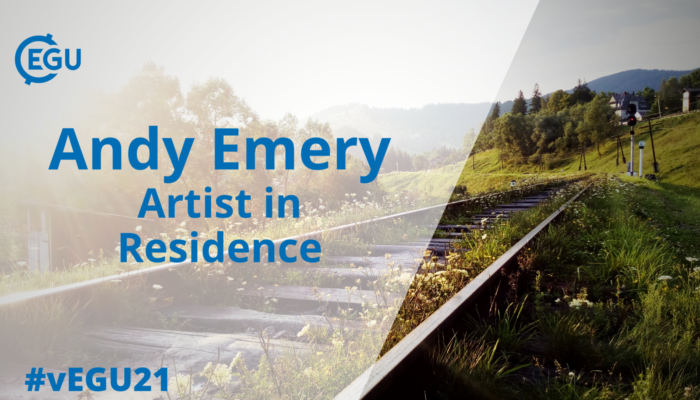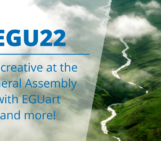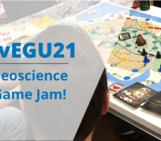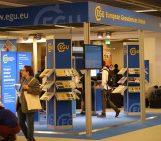
This one was a challenge to write, and a challenge to get my head around, but I was challenged to write it, so challenge accepted and challenge fulfilled!
Kaleidoscope of ice
Frozen water, mineral ice, a simple structure, orientation concise. A fabric is woven from many crystals intertwined, axes interlocked. C-axes, crystalline kaleidoscopes of greys, blues and whites, reflecting, refracting and interfering. Axes align from isotropic, random in deposition, to vertical in the centre of glaciers, great masses of ice. Impart stress, realign the axes, teased out horizontally along flow. Add internal shear, that vertical fabric is torn to align each thread orthogonally.
Look down the kaleidoscope. Fabrics scatter waves, reflected, refracted. The mesmerising patterns show us the history of the ice. More complex fabrics have more complex stories. The kaleidoscope is radioglaciology, the patterns are birefringence. To most, reading these patterns is like trying to read a tangle of bramble. To some, like TJ Young, the patterns are resolvable. Birefringence polarises radar signals, interference between these signal cause a weakening of the signal, a periodic power loss. Moiré patterns imposed in the signal, like dancing, caustic sunlight scattered onto shallow sea bed.
Reading the power cut is no simple task, complex math, a splitting of electric signals by a pervasive fabric, a persuasive interpretation of asymmetry of fabric. Stress forms shear zones, c-axes aligned, detectable not through normal reflectable means, but by birefringent beauty. The kaleidoscope used in this novel way, to peer into the centre of streaming ice, Thwaites glacier, to discover how its past stress forms its present strength, and its future response to a warmer world.
Dr TJ Young is a postdoc at Scott Polar Research Institute, on Twitter as @tjy511. TJ is the new Early Career Scientist rep for the EGU Cryosphere division. This piece is based on work presented in session CR1.2. The paper based on this work is accepted for publication in the Journal of Geophysical Research: Earth Surface.




